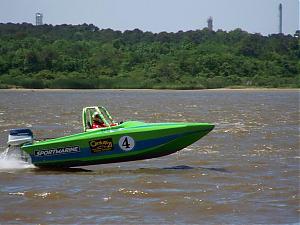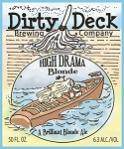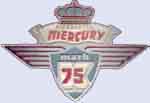A while back there was a discussion about bolt on horsepower. Nitrous Oxide kits, Turbo Kits, Big carb manifolds etc.
A few examples of this were the use of nitrous on the world record setting OMC V-8 outboard driven by Bob Wartinger. This engine was rigged with nitrous to give the engine an added boost just before entering the traps. 15 seconds of boost is all they gave the motor. But it seemed to be enough.
Land & Sea had their Turbo powered outboard record setter also.
Who on BRF has played with such things and what was your outcome?


 Thanks:
Thanks:  Likes:
Likes: 
 Reply With Quote
Reply With Quote







Bookmarks